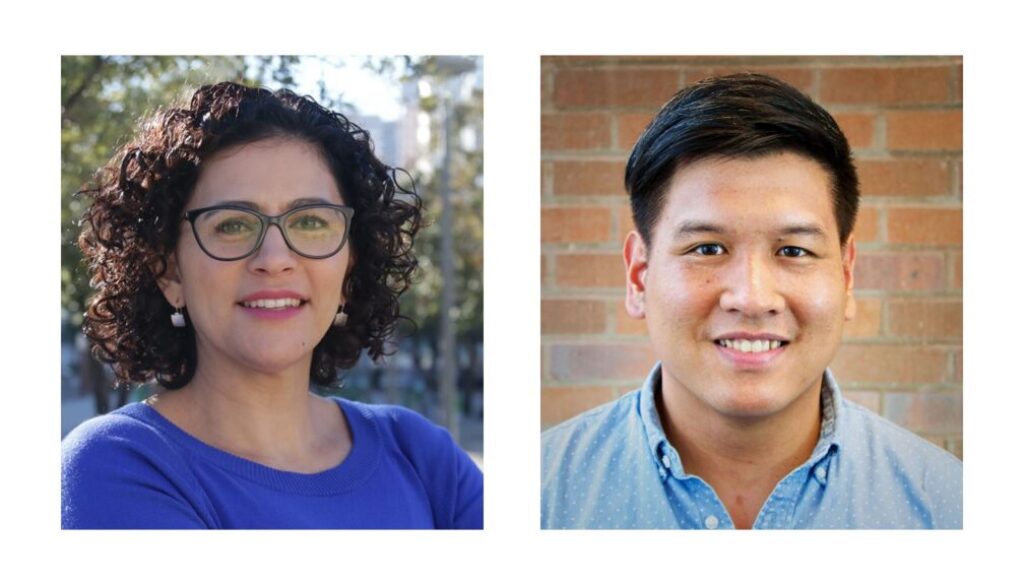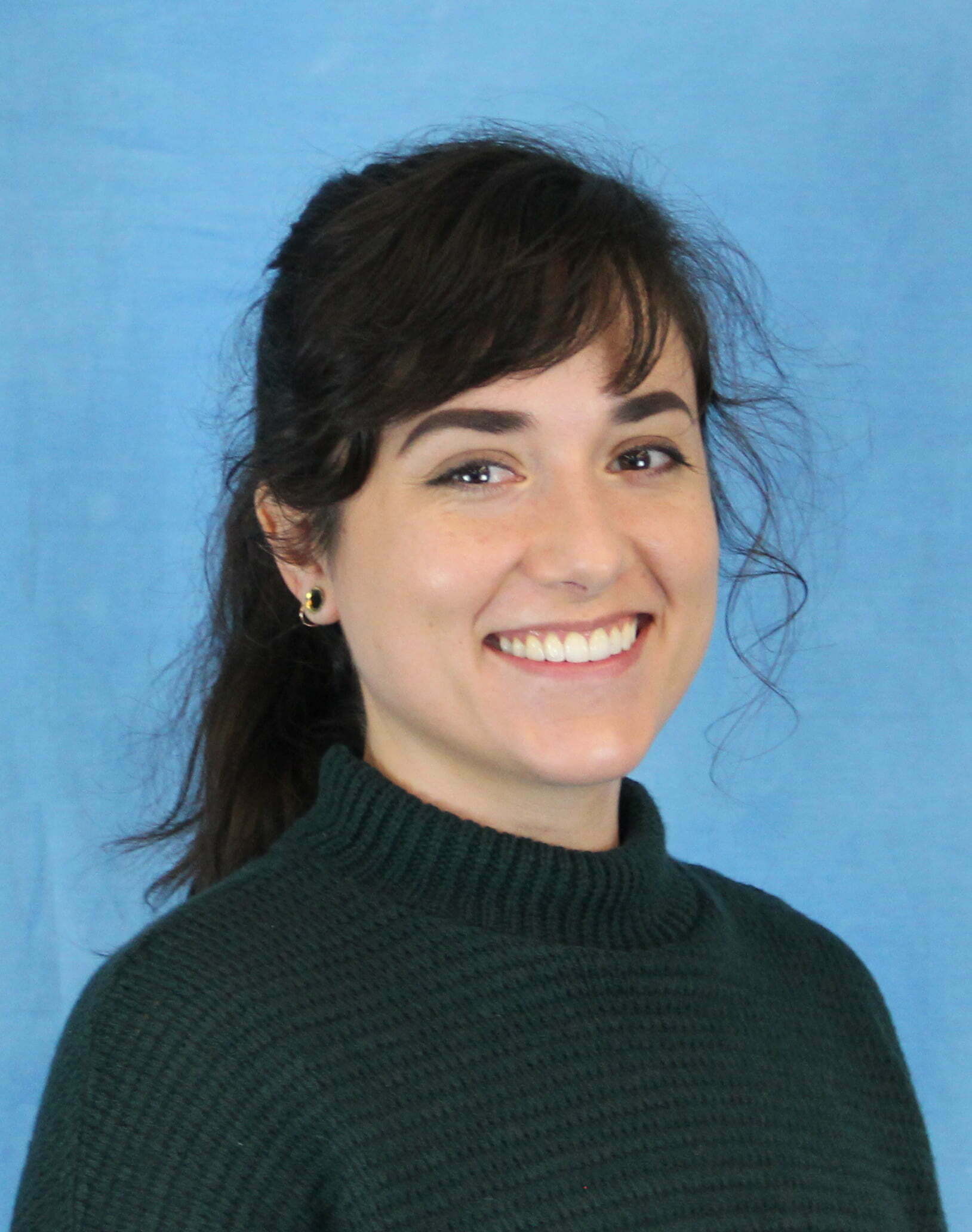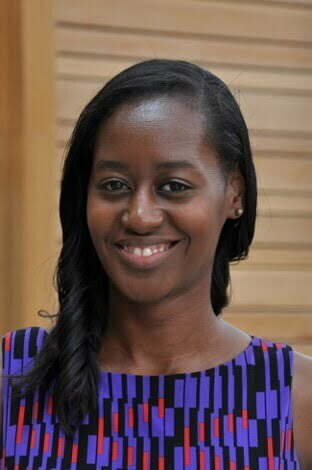Introducing the Next Generation of Racism Scholars, Part 3: Tongtan (Bert) Chantarat and Mónica Gutiérrez
Rae Anne Martinez, Brooke Staley
This is the last in our 3-part series highlighting a few of the student scholars from the 6th Annual RacismLab Symposium. Check out parts one and two.
This year, IAPHS partnered with the University of Michigan’s RacismLab to bring their annual symposium on structural racism to the national stage. On February 24th, 2021, over 900 individuals registered to hear keynote speaker Dr. Eduardo Bonilla-Silva, panelists, and poster presenters discuss the “toxic equilibrium” of structural racism and its influences on health. If you are an IAPHS member, you can view the full symposium recording via the IAPHS Resource Library.
We spoke with two doctoral students, Tongtan (Bert) Chantarat, MPH, from the Department of Health Services Research, Policy, and Administration at the University of Minnesota School of Public Health, and Mónica Gutiérrez, MSW, from the School of Social Work at Arizona State University. Please visit the RacismLab website for additional information on each of these scholars.
Thinking about your life and professional experiences, how did you obtain a knowledge base specific to equity and public health issues?
[Mónica] My knowledge base specific to issues of equity and public health is deeply rooted in my family’s history of displacement. I have always been intrigued by the structural and institutional policies that were the catalyst for my family’s migration and continued oppression once in the U.S. It is their journey and sacrifice that taught me the importance of interrogating the relationship between political economies and population health so that we are better equipped to understand the timing of policies implemented in different places, spaces, and times.
[Bert] I always thought that the only ways I can contribute to eliminating such inequities are 1) go to a medical school, be a doctor so I can provide care for racial minorities, and 2) figure out a better way to improve healthcare delivery. Through my work with my mentor, Dr. Rachel Hardeman, I realized that I was focusing on less critical, less sustainable things all along. The elimination of racial health inequities requires dismantling the root causes of them.
What is one thing you wish your peers, community, or everyone knew about structural racism?
[Bert] Racism is deeply ingrained in our way of life. To dismantle racism and strive toward equity, we need to be open to a self-critique, ask questions about why we do things a certain way and for what purpose.
[Mónica] To dismantle structural and institutional racism, researchers should include a policy recommendation in all their work. Lay out a plan that explicitly details the policy, including action steps and the agencies needed for success, and remember to center marginalized communities within your policy paradigm.
Is there one paper, book, essay, etc., that you would recommend other burgeoning public health scholars interested in structural racism?
[Mónica] My work centers on borders (real and imaginary) I would recommend 1) Gloria Anzaldúa’s Borderlands/La Frontera: The New Mestiza, 2) Radhika Mohanram’s book Black Body: Women, Colonialism, and Space. Both authors argue that our identity is situated within space and place, and 3) Race and Racialization: Essential Readings, a collection of writers who challenge our thinking about race and racialization.
[BERT] My work is grounded on the fundamental cause of health theory. Phelan and Link is an excellent read. Phelan, J. C., & Link, B. G. (2015). Is racism a fundamental cause of inequalities in health? Annual Review of Sociology, 41(1), 311-330.
Tod Hamilton talks about the diversity within the Black community, Immigration and the remaking of Black America.
What are some healthy habits you have adopted to remain centered so you can continue this critical work?
[Bert] Are we supposed to have healthy habits? 🙂 I’m on the job market. So, my husband and I like to look at house listings on Zillow in cities where my potential employers are located. Then the nature of the current job market sinks in, and I’m depressed again. In sum, this is probably not a healthy habit.
[Mónica] The emotional toll of this work is something we don’t talk about. Since moving to Arizona, I have enjoyed learning how to garden in the desert using locally sourced seeds from Native Seeds Search. The seeds from NSS are NOT genetically modified, so you really have to work at maintaining the garden. It’s been fun.
How has your membership in IAPHS influenced your professional journey?
[Mónica] I was first introduced to IAPHS through my Health Policy Research Scholars program and loved it! I was recently invited to join the IAPHS student committee and I’ve enjoyed the interdisciplinary atmosphere.
[BERT] I am an interdisciplinary scholar, and my work doesn’t always fit into one silo. I always feel that my work is not only welcomed but embraced by IAPHS members. Meeting with like-minded people at IAPHS makes me feel that I’m not alone on this journey to racial equity.
Is there anything else you would like to add to the conversation around structural racism and population health inequities in America?
[BERT] Scholars of color have been at the forefront of this scholarship for a long time. It’s amazing that people are suddenly shifting their attention from race to racism and want to “join our team.” Their efforts should not be trying to reinvent the wheel (because the wheel has existed), but to collaborate with and support us as our work has paved the way to where we are today.
[Mónica] Prior to the national spotlight on the assault of Brown and Black bodies, very few researchers centered racism in their work. If you are new to this work, connect with and most importantly, CITE scholars of color already doing this work.
And, now for a non-scholarly nugget…
Mónica, you’re suddenly able to go to a 24-hour diner with the person you’ve missed the most in quarantine. The menu is eighteen pages long, and you’re starving. Who do you invite? What do you order?
I would invite my sister. We love to share food so we order different comfort foods like calabacitas con queso y chile verde, tacos de papa, nopalitos. For dessert, pastel de tres leches and flan with the best dark coffee (sustainable of course) from Chiapas.
Bert, are onion rings actually donuts?
In the current state, onion rings would be disgusting donuts. But if you caramelize the onion and use a softer coating, maybe. I bet some hipster chef in NYC or LA has already “deconstructed” it and is charging $10 for this “invention.”
Thanks to Bert and Mónica for speaking with us.






All comments will be reviewed and posted if substantive and of general interest to IAPHS readers.